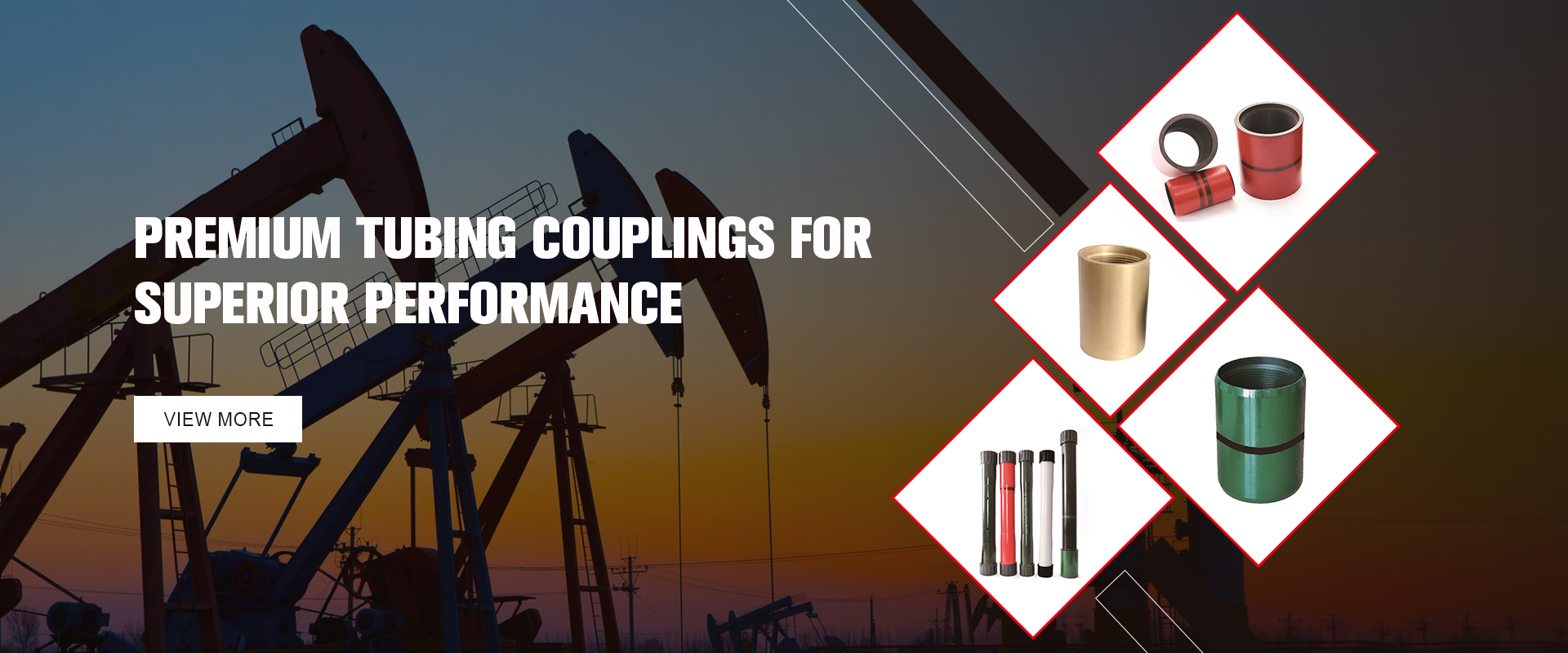- Afrikaans
- Albanian
- Amharic
- Arabic
- Armenian
- Azerbaijani
- Basque
- Belarusian
- Bengali
- Bosnian
- Bulgarian
- Catalan
- Cebuano
- Corsican
- Croatian
- Czech
- Danish
- Dutch
- English
- Esperanto
- Estonian
- Finnish
- French
- Frisian
- Galician
- Georgian
- German
- Greek
- Gujarati
- Haitian Creole
- hausa
- hawaiian
- Hebrew
- Hindi
- Miao
- Hungarian
- Icelandic
- igbo
- Indonesian
- irish
- Italian
- Japanese
- Javanese
- Kannada
- kazakh
- Khmer
- Rwandese
- Korean
- Kurdish
- Kyrgyz
- Lao
- Latin
- Latvian
- Lithuanian
- Luxembourgish
- Macedonian
- Malgashi
- Malay
- Malayalam
- Maltese
- Maori
- Marathi
- Mongolian
- Myanmar
- Nepali
- Norwegian
- Norwegian
- Occitan
- Pashto
- Persian
- Polish
- Portuguese
- Punjabi
- Romanian
- Russian
- Samoan
- Scottish Gaelic
- Serbian
- Sesotho
- Shona
- Sindhi
- Sinhala
- Slovak
- Slovenian
- Somali
- Spanish
- Sundanese
- Swahili
- Swedish
- Tagalog
- Tajik
- Tamil
- Tatar
- Telugu
- Thai
- Turkish
- Turkmen
- Ukrainian
- Urdu
- Uighur
- Uzbek
- Vietnamese
- Welsh
- Bantu
- Yiddish
- Yoruba
- Zulu
what is a pup joint
Understanding a Pup Joint A Critical Component of Pipeline Systems
In the world of engineering and pipeline systems, the term pup joint frequently arises. A pup joint is a short section of pipe that is used to adjust the length of a pipeline or to facilitate the connection between two other pipe sections. Though it may appear to be a simple accessory, the pup joint plays a significant role in ensuring the efficient and safe operation of various piping systems, especially in the oil and gas industry.
Purpose and Function
Pup joints serve several essential functions. Firstly, they provide flexibility in a piping system. During installation or maintenance, pipelines may require specific lengths to fit within a designated space, accommodate structural designs, or connect to fittings and valves. Thus, pup joints are utilized to bridge these length discrepancies. Without them, engineers might face challenges in proper alignment, which can lead to stress on joints and potential leaks.
Secondly, pup joints can be employed in various configurations. A pup joint can come in different lengths, diameters, and materials, depending on the specific application requirements. The flexibility in design allows for customization tailored to a particular project, whether it’s for transporting hydrocarbons, water, or other substances under pressure.
Manufacturing and Materials
Pup joints are typically made from materials such as carbon steel, stainless steel, or alloy steel. The choice of material is crucial and directly relates to the operating environment, pressure, and temperature conditions. For example, in high-pressure environments, materials with enhanced strength and corrosion resistance are favored to ensure safety and durability.
what is a pup joint

Manufacturing processes for pup joints must also adhere to rigorous standards. They are often subjected to testing and inspection to ensure their integrity and ability to withstand the intended operational pressures. This is vital, particularly in industries where the failure of pipeline components can lead to catastrophic outcomes, such as oil spills or explosions.
Installation and Maintenance
The installation of pup joints must be carried out with care to avoid misalignment or stress concentrations. Engineers must ensure that all connections are tight and secure. Proper installation practices prevent issues that could arise from vibration, temperature fluctuations, or ground movement.
Routine maintenance of pup joints involves inspections for signs of wear, corrosion, or leaks. Regular checking of these components can prevent failures that may lead to costly downtime or environmental hazards. If any issues are detected, timely replacement or repair is necessary to maintain the integrity of the entire pipeline system.
Conclusion
In summary, a pup joint, while often overlooked, is a crucial component of pipeline engineering. Its ability to provide flexibility, customization, and support contributes to the overall efficiency and safety of pipeline systems. As industries continue to evolve, the role of pup joints will remain vital, underscoring the importance of understanding such components in the broader spectrum of engineering and infrastructure. Whether in energy, water distribution, or chemical processing, pup joints are indispensable in connecting and optimizing the intricate networks that keep modern society functioning smoothly.
-
Tubing Pup Joints: Essential Components for Oil and Gas OperationsNewsJul.10,2025
-
Pup Joints: Essential Components for Reliable Drilling OperationsNewsJul.10,2025
-
Pipe Couplings: Connecting Your World EfficientlyNewsJul.10,2025
-
Mastering Oilfield Operations with Quality Tubing and CasingNewsJul.10,2025
-
High-Quality Casing Couplings for Every NeedNewsJul.10,2025
-
Boost Your Drilling Efficiency with Premium Crossover Tools & Seating NipplesNewsJul.10,2025







